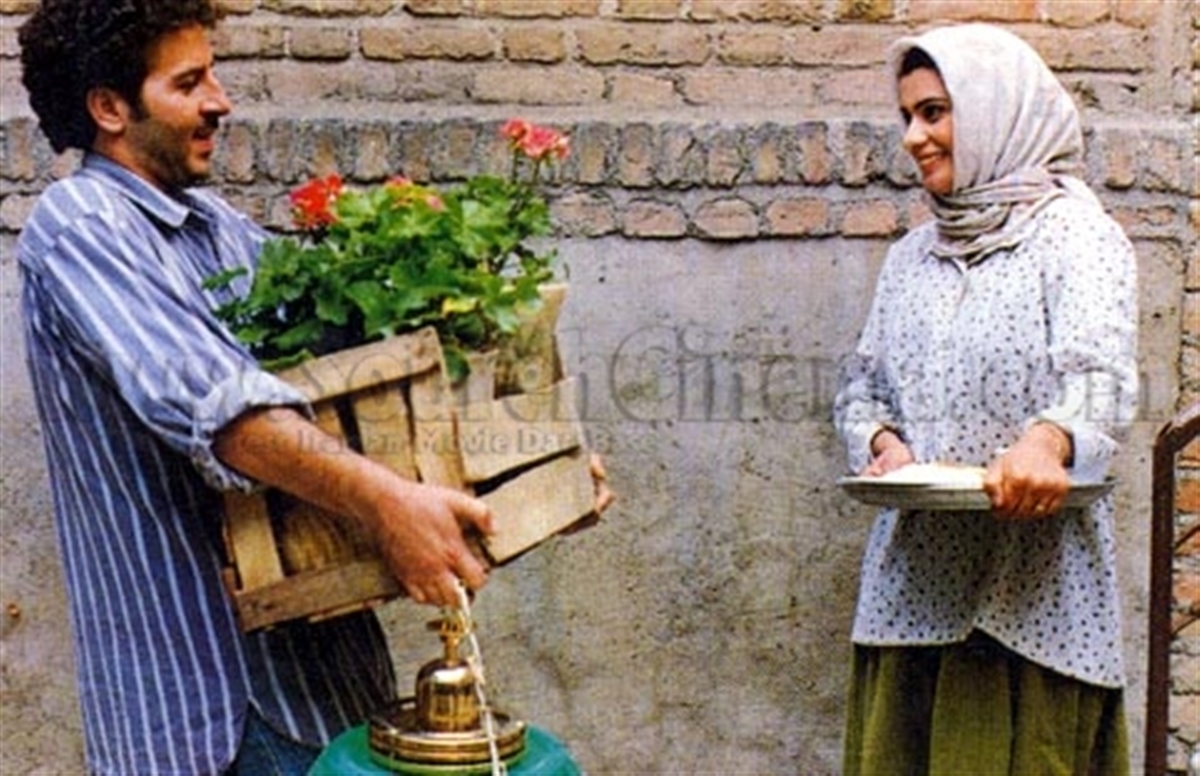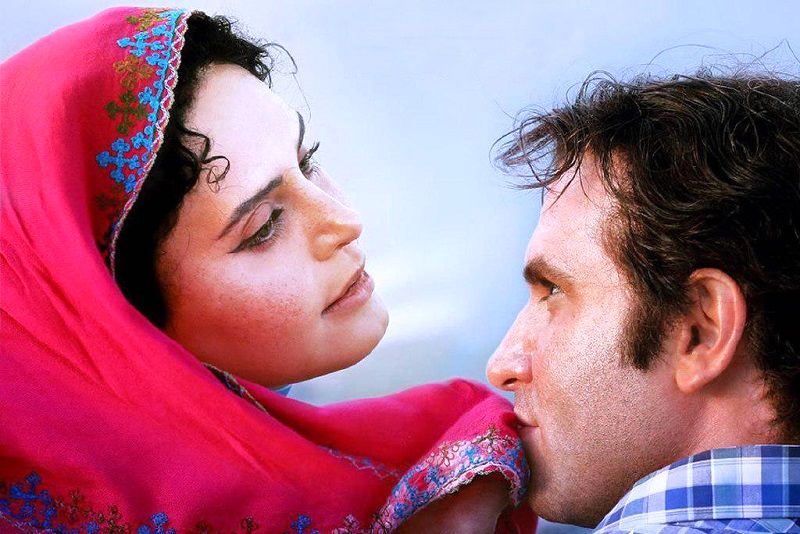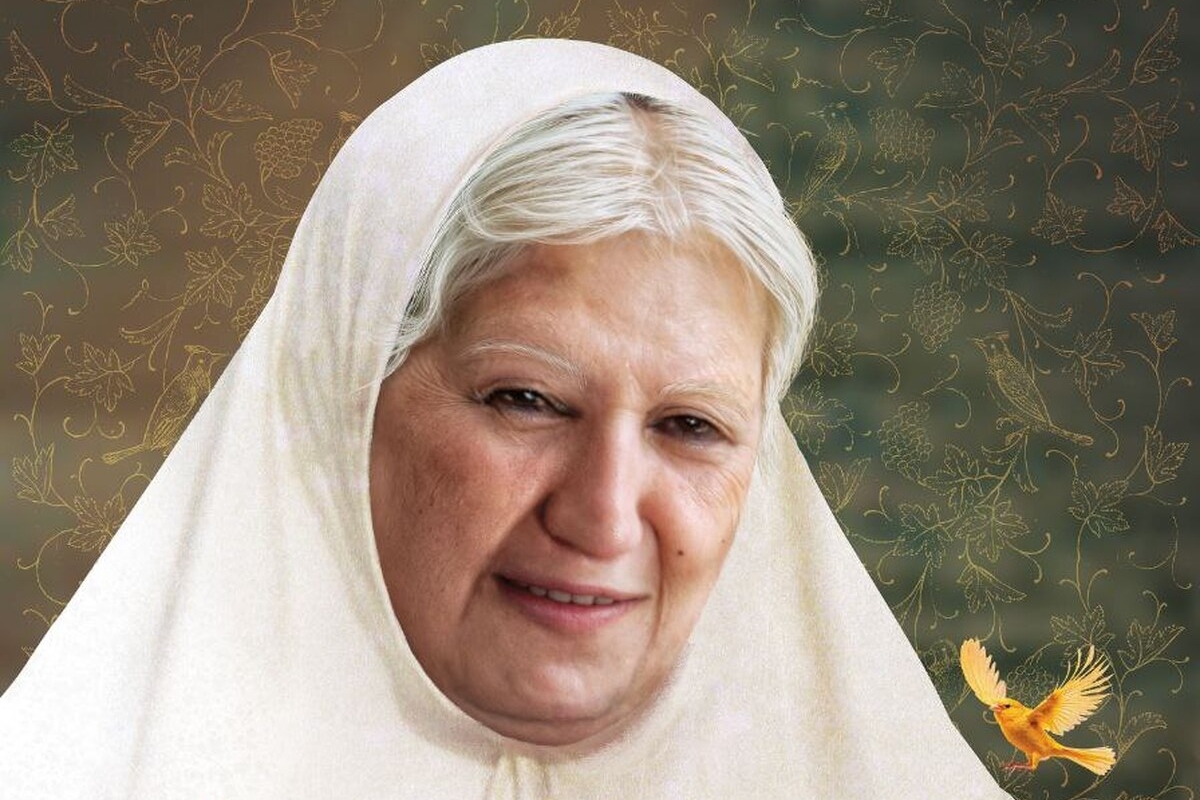In the wake of the Islamic Revolution, perspectives on women underwent a fundamental shift. By the mid-1980s, women began to emerge as serious directors behind the camera.
The Pioneers of Female Filmmaking
- Pouran Derakhshandeh became the first prominent female director after the revolution, with her films “The Relationship” (1986) and “The Little Bird of Happiness” (1987), the latter earning her the first Crystal Simorgh award for a female filmmaker.
- Rakhshan Banietemad was Derakhshandeh’s only rival with her film “Off-Limits” (1987).
- Marzieh Boroumand created a timeless masterpiece in children’s cinema with “City of Mice.”
- Tahmineh Milani made her cinematic debut with “Children of Divorce.”
- Rakhshan Banietemad received the first Crystal Simorgh for Best Director in 1991 for her film “Narges.”

A Turning Point in Iranian Women’s Cinema
The 1980s marked a turning point in Iranian women’s cinema, culminating in Banietemad’s historic award in 1991. Films from the first generation of Iranian female directors in the 1980s often dealt with social themes, adopting a maternal stance rooted in the context of the Iran-Iraq War.
The 1990s: A Period of Stagnation for New Talent
The 1990s, unlike the previous decade, did not offer as many opportunities for new talents to emerge. However, the ratio of female to male filmmakers remained similar to the 1980s.
The Surge of Female Filmmakers in the 2000s
In the 2000s, the number of Iranian female filmmakers increased so significantly that they effectively outweighed their male counterparts. The 2000s also saw the establishment of the Parvin E’tesami Festival, which featured over 800 female filmmakers.
Record-Breaking Numbers of Female Filmmakers
According to statistics, the number of Iranian female filmmakers in the 30 years following the Islamic Revolution exceeded the total number of female filmmakers in the entire history of world cinema.
Women’s Impact in Other Cinematic Fields
This trend continued in the 2010s, with women also making significant strides in other areas of cinema, such as screenwriting, editing, and producing.
The Pre-Revolution Era and Changing Opportunities for Women
It’s worth noting that in the pre-revolution era, actresses like Sosan Taslimi, Fatemeh Motamed-Arya, and Golab Adineh were primarily cast for their physical attractiveness. In post-revolution cinema, women were given opportunities based on their artistic skills, not just their outward appearance.
Honoring Fatemeh Motamed-Arya and the 37th Fajr Film Festival
The 37th Fajr Film Festival, coinciding with the 40th anniversary of the Islamic Revolution, honored Fatemeh Motamed-Arya at its opening ceremony. The festival’s closing ceremony saw Narges Abyar‘s film “When the Moon Was Full” take home several awards.

The Impact of the Revolution on Opportunities for Female Actresses
There is no doubt that if Iranian cinema had remained in its pre-revolution state, individuals like Motamed-Arya would never have had the opportunities to become the most decorated actress in the history of the Fajr Film Festival.
Women-Centric Themes in “When the Moon Was Full”
The closing ceremony of the Fajr Film Festival highlighted that “When the Moon Was Full,” despite its focus on security and social issues, is fundamentally a woman-centric film directed by a female filmmaker.
Narges Abyar’s Rising Influence in Iranian Cinema
Narges Abyar was introduced to Iranian cinema in 2012, along with a wave of young filmmakers presenting their debut works. Her film “Objects in Mirror Are Closer Than They Appear,” in addition to its social theme, was also a woman-centric film.
“Track 143” and the Grief of a Mother
“Track 143” dealt with the grief of a mother who spent years searching for her missing son, who was martyred in the war.
Abyar’s “Breath” and Reflection on Iran’s Revolutionary Past
Abyar’s film “Breath,” featuring a young girl, reviewed the pre-revolution era, the revolution itself, and the Iran-Iraq war. It was also selected as Iran’s representative for the Academy Awards.
The Historic Achievement of “When the Moon Was Full”
“When the Moon Was Full,” Abyar’s fourth film, won the awards for Best Director, Best Film, Best Actor, Best Actress, and several other major categories at the 37th Fajr Film Festival.
Breaking Gender Norms in Filmmaking
In “When the Moon Was Full,” it’s possible that in many other parts of the world, male directors would be prioritized for such a project with security dimensions and even action scenes. However, this opportunity has arisen for women in Iranian cinema, and for Motamed-Arya herself, during the same 40-year period that she says created obstacles for her.
From: jahanbanou


